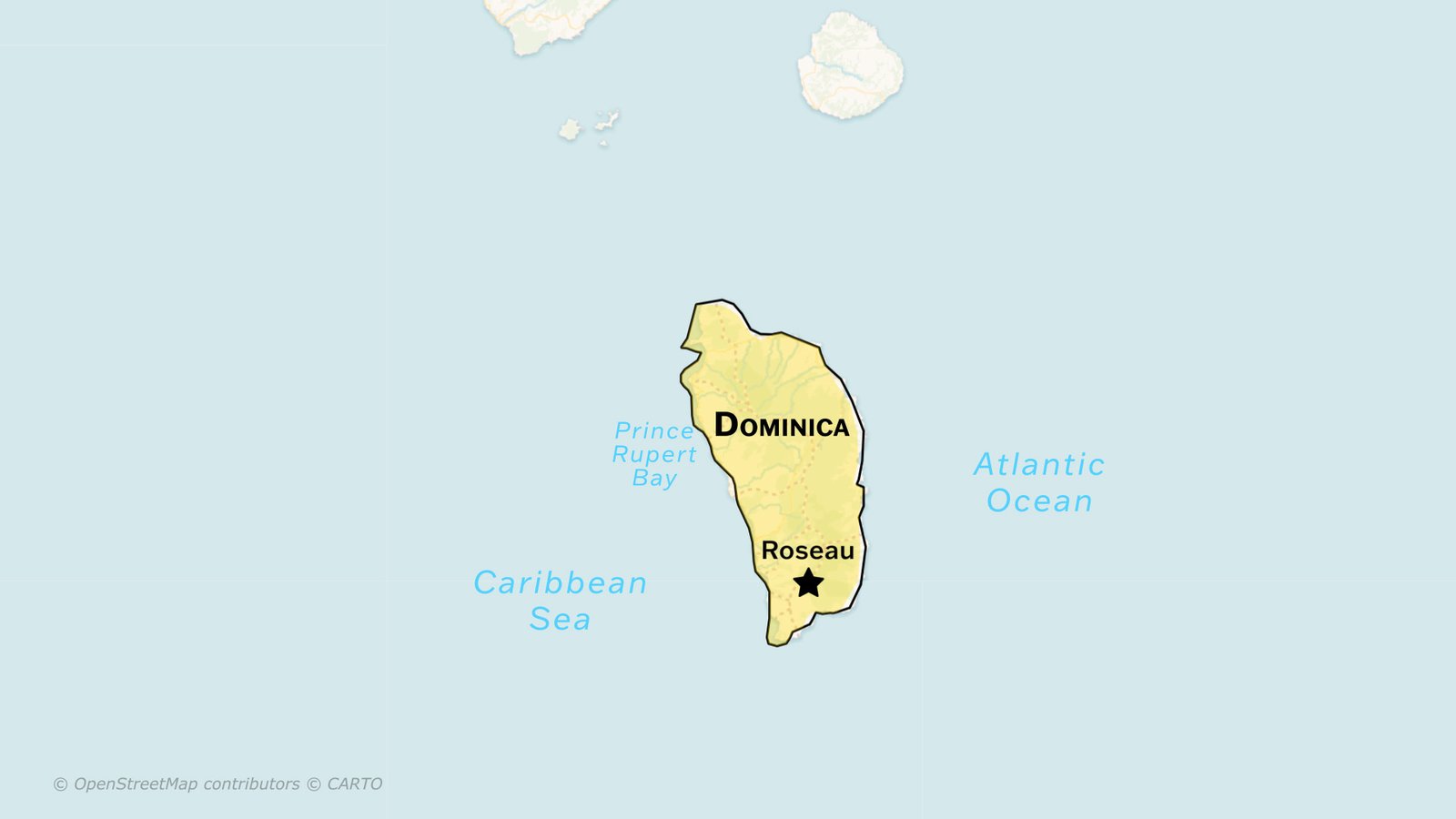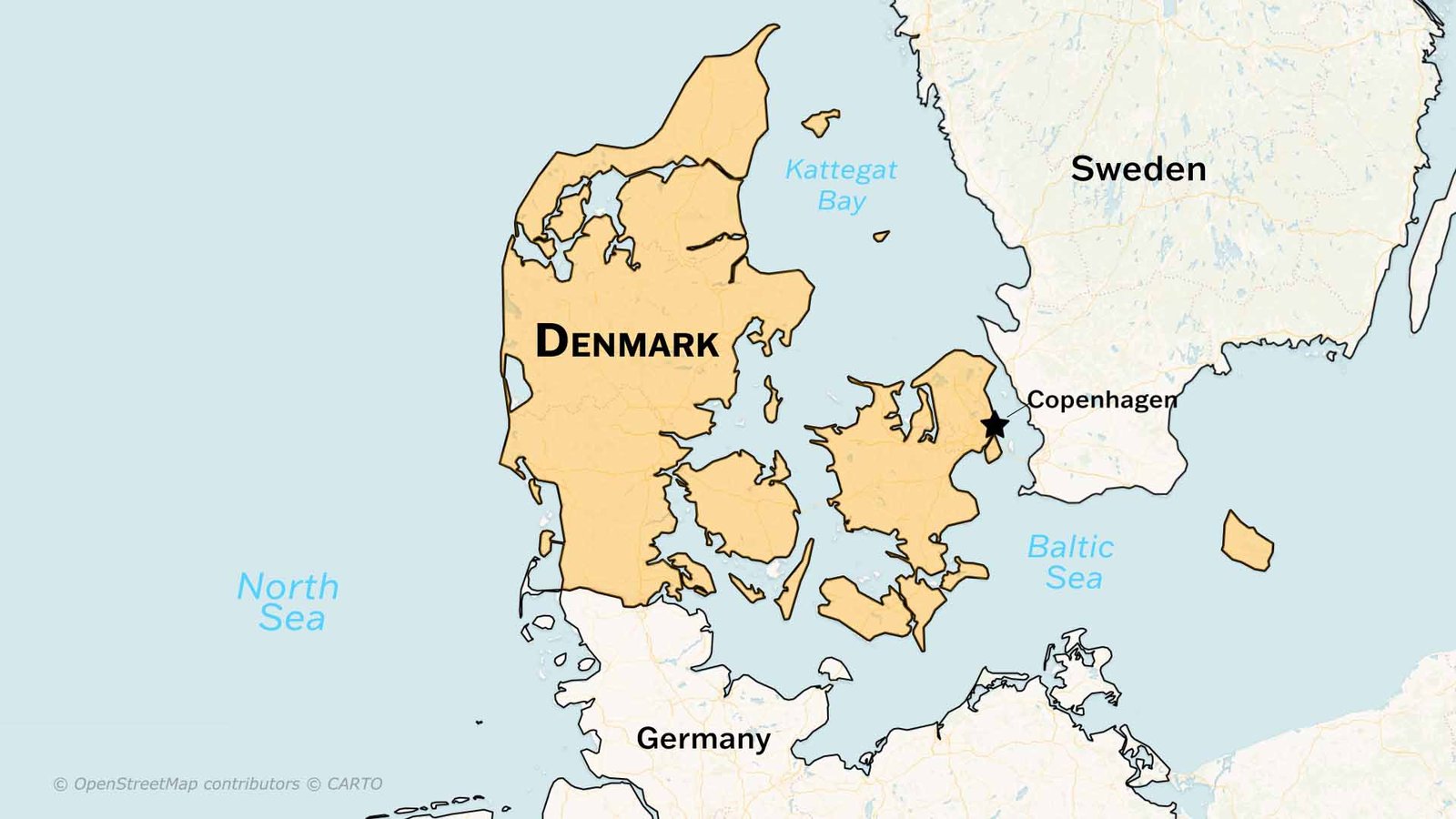Federalism is a system of government in which power is divided between the central authority and constituent political units.
Understanding Federalism
Governments can be classified as either unitary or federal, based on the relationship between the national government and regional governments.
In a unitary government, all powers are held by the national government, while in a federal government, powers are divided between the national and regional governments. Countries like Britain, France, and Japan have unitary governments, while the US, Canada, and Australia have federal governments.
The term “federation” refers to a political system formed through a treaty or agreement between different units, which may be called states, cantons, provinces, or republics. The different units within a federation can be referred to by various names, such as states (in the US), cantons (in Switzerland), provinces (in Canada), or republics (in Russia).
Federalism is like a rainbow, where each colour is separate, yet together they make a harmonious pattern.
The Difference Between Unitary Government vs Federal Government.
The federal government has a dual government system with a written constitution, a division of powers between national and regional governments, a supreme constitution, a rigid constitution, an independent judiciary, and a bicameral legislature.
whereas a unitary government has a single government system with no division of powers, a written or unwritten constitution, a supreme or non-supreme constitution, a flexible constitution (like Britain) or rigid constitution (like France), independent or non-independent judiciary, and unicameral (like China) or bicameral legislature (like Britain)
What is Unique About the Indian Federation?
A federation can be formed through integration or disintegration. in integration, weak states come together to form a strong nation ex. is USA. States of USA are coming together.
India adopted a federal system due to its large size and diversity. Also Constitution cautiously uses the word ‘Union of States’ instead of a federation to emphasize its indestructibility.
It means in India, states are not coming together as states, rather Indian states are holding together. States do not have the right to secede that is they cannot break away from the Indian union. India is the indestructible union of destructible states.
The Indian federal system is based on the Canadian model, which establishes a strong central government with more power than the states.
What Are Federal Features of the Constitution of India?
- Dual Polity: Union at the Centre, States at the periphery with sovereign powers. The Union government deals with matters of national importance like defence, foreign affairs, currency, communication and so on. The state governments, on the other hand, look after the matters of regional and local importance like public order, agriculture, health, local government and so on.
- Written Constitution: Lengthiest in the world, specifies structure, organization, powers, and functions of Centre and States. Why write such provisions? it avoids misunderstandings and disagreements between the two.
- Division of Powers: Union List, State List, Concurrent List in Seventh Schedule, residuary subjects to Centre
- Supremacy of the Constitution: Supreme law of the land, laws enacted by the Centre and States must conform to its provisions, judicial review by Supreme Court and High Courts
- Rigid Constitution: The method of amendment is rigid, provisions related to the federal structure are amended by joint action of the Centre and States with the special majority of Parliament and approval of half of the state legislatures.
- Independent Judiciary: The Supreme Court protects the supremacy of the Constitution via judicial review and settles disputes between the Centre and States, independent of the judiciary is ensured with measures like the security of tenure and fixed service conditions
- Bicameralism: Rajya Sabha represents states, Lok Sabha represents the people of India, and Rajya Sabha is required to maintain federal equilibrium by protecting states against undue interference of the Centre.
What Are Unitary Features of Indian Constitution?
- Strong Centre: The Indian Constitution favours the Centre and gives it more power than the states.
- States Not Indestructible: Unlike other federations, the states in India have no right to territorial integrity and can be changed by a simple majority vote.
- Single Constitution: The states in India cannot create their own constitution separate from that of the Centre.
- The flexibility of the Constitution: Some provisions of the Constitution of India can be amended by the unilateral action of the Parliament, either by a simple majority or by a special majority.
- No Equality of State Representation: Representation in the Rajya Sabha is based on population, unlike the American Senate, which has two members from each state.
- Emergency Provisions: The Constitution stipulates three types of emergencies that can convert the federal structure into a unitary one without a formal amendment of the Constitution.
- Single Citizenship: The Constitution of India has a system of single citizenship for all citizens in the country.
- Integrated Judiciary: The Indian Constitution has an integrated judicial system that enforces both the Central laws as well as the state laws.
- All-India Services: India has all-India services that are common to both the Centre and the states.
- Integrated Audit Machinery: The Comptroller and Auditor-General of India audits the accounts of both the Central government and the states.
- Parliament’s Authority Over State List: The Parliament can legislate on any subject of the State List if the Rajya Sabha passes a resolution to that effect in the national interest.
- Appointment of Governor: The governor, who is the head of the state, is appointed by the President and acts as an agent of the Centre.
- Integrated Election Machinery: The Election Commission conducts elections to both the Central and state legislatures, and is constituted by the President, without any input from the states.
Conclusion
So what do you think? Is the Indian Constitution unitary or federal?
It is none, it is neither unitary nor federal. In fact, it is quasi federal, that means according to constitutional experts it appears to be federal. In reality it has unitary bias. In normal time it can act as a federal system, and in extraordinary situations, it can switch to a unitary form.
Read more: Preamble of India explained







